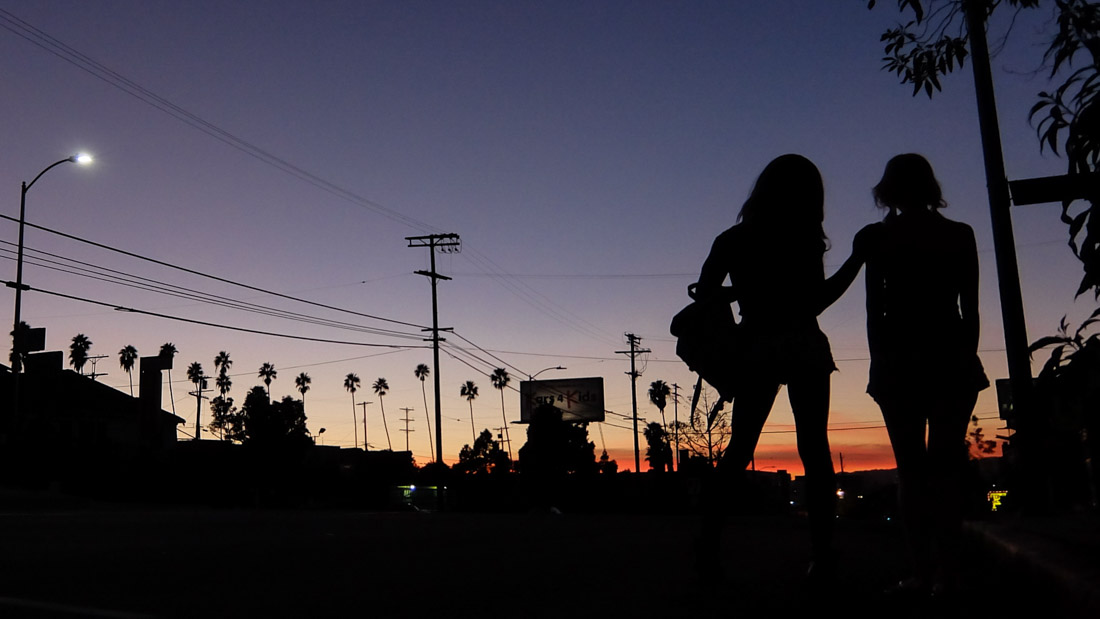Lo ammetto: mi hanno sempre fatto sorridere quei titoli sensazionalistici degli articoli sull’ennesimo meraviglioso, stupendo, pazzesco video, film o esperimento fotografico girato e scattato con un iPhone.
Non è che non credo nelle qualità tecniche dell’iPhone, anzi. Apple con iPhone è riuscita non solo a creare un telefono con un ottimo hardware fotografico, ma ha reso semplice, veloce e intuitivo tutto il processo di scatto.
A riguardo Vlad Savov su The Verge prima riassume che the iPhone goes from 0 to a good picture faster than anything else, poi va più nello specifico:
The iPhone’s lead as the smartphone to beat has rarely been defined by just one thing. At one point, the biggest advantage was the simplicity and speed of its interface; at another, it was down to the diversity and quality of available apps; and most recently, the iPhone has distinguished itself with the quality of its 8-megapixel camera. Today, the combination of all these things — simple and fast operation, strong optics and image processing, and a wide app ecosystem — is helping people create the best possible images with the least possible hassle.
Quando però tutti esaltano Tangerine come il primo film presentato al Sundance Film Festival interamente girato con 3 iPhone 5s e quando tutti si stupiscono per i suoi colori e la qualità delle immagini, forse dovremmo ricordarci che non conta solo l’hardware:
So how do you make a Sundance movie for iPhone? You need four things. First, of course, the iPhone (Baker and his team used three). Second, an $8 app called Filmic Pro that allowed the filmmakers fine-grained control over the focus, aperture, and color temperature. Third, a Steadicam. “These phones, because they’re so light, and they’re so small, a human hand — no matter how stable you are — it will shake. And it won’t look good,” says Baker. “So you needed the Steadicam rig to stabilize it.”
The final ingredient was a set of anamorphic adapter lenses that attach to the iPhone. The lenses were prototypes from Moondog Labs, and Baker said they were essential to making Tangerine look like it belonged on a big screen. “To tell you the truth, I wouldn’t have even made the movie without it,” Baker says. “It truly elevated it to a cinematic level.”
Like any conventional film, Tangerine underwent post-production. […] “We pumped the colors and put the saturation through the roof. Just because the world there is so colorful, and the women are so colorful. We wanted it to match them.” […] The final step was to apply a digital grain to the movie, giving it a quality more reminiscent of actual film.
Tangerine non è solo il risultato della qualità dello strumento usato (iPhone), ma anche (soprattutto?) delle capacità e della creatività di chi ha usato quello strumento, delle sue conoscenze tecniche in materia di cinema, fotografia, composizione della scena, degli accessori utilizzati (in questo caso anche un’app di terze parti) e della successiva post-produzione.

Rispondi